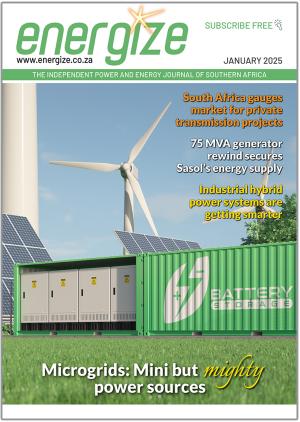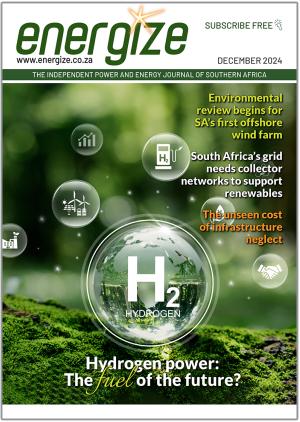South Africa must now “put the risk of load shedding behind us” as government accelerates energy sector reforms and infrastructure investment.
Delivering his State of the Nation Address (SONA) last night, President Cyril Ramaphosa said measures under the Energy Action Plan had already reduced the frequency and severity of load shedding, with over 300 days free of power cuts since March 2024. “The brief return of load shedding last week was a reminder that our energy supply remains constrained but we remain on a positive trajectory,” Ramaphosa said.
The Electricity Regulation Amendment Act, in effect since January 1, is a key step in restructuring the energy sector, allowing multiple generation entities to compete. “This year, we will lay the foundation for the competitive electricity market, allowing multiple electricity generation entities to emerge and compete over time.”
He added that the government would mobilise private sector investment in South Africa’s transmission network to connect more renewable energy to the grid. “We are harnessing solar and wind power to position South Africa as a leader in renewable energy and green manufacturing. With abundant cheap, green energy, we can produce globally competitive products and create hundreds of thousands of new jobs,” he said.
Infrastructure and mining reforms
Infrastructure investment will be another economic driver with government committing R940 billion over the next three years, including R375 billion from state-owned enterprises. Some of these funds will go towards revitalising energy infrastructure. This is in addition to the 12 blended finance projects worth R38 billion approved by the Infrastructure Fund last year. “We are engaging with local and international financial institutions to unlock R100 billion in financing, with a project preparation bid window launched to accelerate investment readiness,” Ramaphosa said. This initiative includes revised regulations for public-private partnerships, which will unlock private sector expertise and funds. “To create a cycle of investment, growth and employment we must raise economic growth above three percent.
“Our immediate focus is to enable Eskom, Transnet and other SOEs to function optimally. We are repositioning these entities to provide world-class infrastructure while enabling competition in operations, whether in electricity generation, freight, rail or port terminals,” he said.
In the mining sector, Ramaphosa announced a modern, transparent mining rights system to attract investment in exploration and production that will be implemented this year. “We will establish an enabling policy and regulatory framework for critical minerals. By beneficiating these minerals in South Africa, we can leverage the extraordinary wealth that lies beneath our soil for the benefit of our people,” he said.
“As we reform our energy system, we continue to build successful multilateral partnerships in the global fight against climate change,” he said, noting that South Africa’s Just Energy Transition was gaining momentum with over US$13 billion pledged by the international community and substantial private capital being invested locally. He reiterated South Africa’s commitment to carbon reduction targets but stressed that the transition would proceed at “a pace and scale that the country could afford”.















